Leonardo at the Technopole
Leonardo is hosted in the new Cineca datacenter, located in the Bologna Technopole, close to the city center of Bologna.
In 2018 MUR with the Emilia-Romagna regional government supported Cineca’s candidacy to act as hosting entity for the Leonardo pre-exascale system by providing part of the Technopole buildings.
Besides Leonardo, the Technopole also houses the supercomputer of the European Centre for Medium-term Weather Forecasts (ECMWF) and in a second stage the Tier-1 system of the INFN for processing data produced by the Large Hadron Collider (LHC) experiment at CERN.
White space
In order to accommodate Leonardo in an environment suited to its needs, an earthquake-resistant structure was built on three levels and up to 200 workers worked at the same time.
The levels are:
- in the basement there are four independent tunnels for cooling;
- the space dedicated to Leonardo, the “white space”, is located on the ground floor;
- on the first floor there are the four power stations dedicated to the transformation and distribution of electricity.
Leonardo’s room can be traced back to a 32×23 m rectangle, for a useful internal height of 3.80 m. It was designed to ensure maximum resistance to seismic events (class 4): the room is made of reinforced concrete and designed without intermediate pillars to ensure the flexibility of the environment.
The structure’s ability to maintain mechanical strength under the action of fire is REI 240 (240 minutes) in accordance with the requirements of ANSI / TIA 942-B rating 4.
The floor of the room is of the raised type to allow the passage of the cooling pipes under the racks. It is made up of modular conductive panels named “plotte”, 600×600 mm, thickness 35 mm and reinforced with steel sheet and heavy-duty structure with special high resistance crosspieces.
The combination of the “plotte” with the high resistance structure allows to withstand a maximum distributed load equal to 30 kN/m2, or about 3060 kg/m2, higher than that foreseen for the highest class (> 12 kN) by the regulations in force regarding the performance of raised floors.
Over 300 concrete castings of at least 100 cubic meters were used for the construction of the reinforced concrete; to arm it, an amount of iron equal to about 450 tons was used. This was necessary because over 150 racks with a total weight of 340 tons are housed in the hall: it is as if more than 4,700 people were crammed into the space occupied by Leonardo’s racks.
The ceiling between the ground floor and the first floor is made of pre-compressed prefabricated elements called “copponi”, with a free span of 23 m. They bear a load of about 2040 kg/m2, equivalent to 20 kN/m2. Usually a generic ceiling must guarantee a load of 200 kg/m2.


In the image is possible to see how the reinforced structure fits under the floor.
Gray space
Sustainability is one of the pillars that guided the entire project, from the construction of the datacenter at the Bologna Technopole, to the design of the supercomputer itself.
All the technological solutions used were evaluated also from the point of view of their environmental impact: great attention was therefore dedicated to the design of the electrical and mechanical infrastructure, to the lighting, and, in particular, to the technologies used for cooling Leonardo and the datacenter rooms.
The cooling capacity required for air conditioning has been divided into four units that feed two separate circuits and with the relative systems, operating at two different temperatures.
To keep the temperature at bay, the racks are cooled with warm water: the water enters the supercomputer cooling circuits at 37 ° C and exits at 47 ° C, heated by the CPUs engaged at the maximum possible power in the calculations and processing, to be sent out to the adiabatic disposers, called drycoolers, which bring it back to a temperature of 37 ° C.
The classic refrigeration cycle is therefore not used, as in many other datacenters, but only heat exchangers, composed of huge “fans“, to cool the water, and which exploit a natural adiabatic process.
This process is based on water evaporation to bring down the excess temperature. The difference compared to classic cooling systems is that drycoolers are much more efficient, thus reducing energy consumption.
The air conditioning of the room, and of all the technical spaces in general, is carried out with chilled water: the water, brought to 19 ° C by the refrigeration units, is sent to the various rooms to cool the air, and returns to the refrigeration units with a temperature of 26 ° C, and then be cooled again.
Overall, the air conditioning system consists of about 10 km of closed-circuit piping, about 7 km for the main circuit, and 3 km for the secondary one, which from the plants bring chilled and tempered water to the rooms and to the supercomputer.
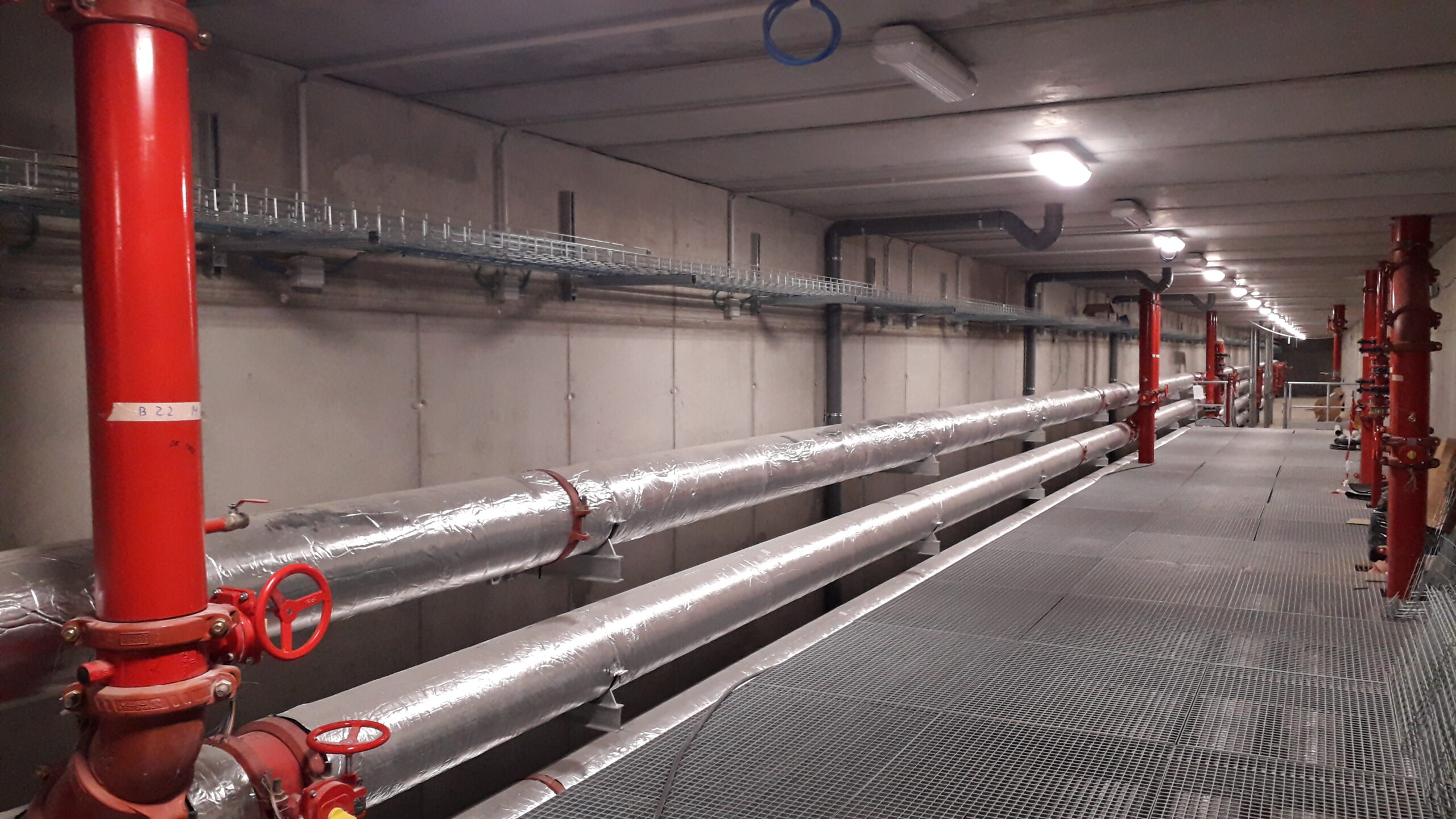
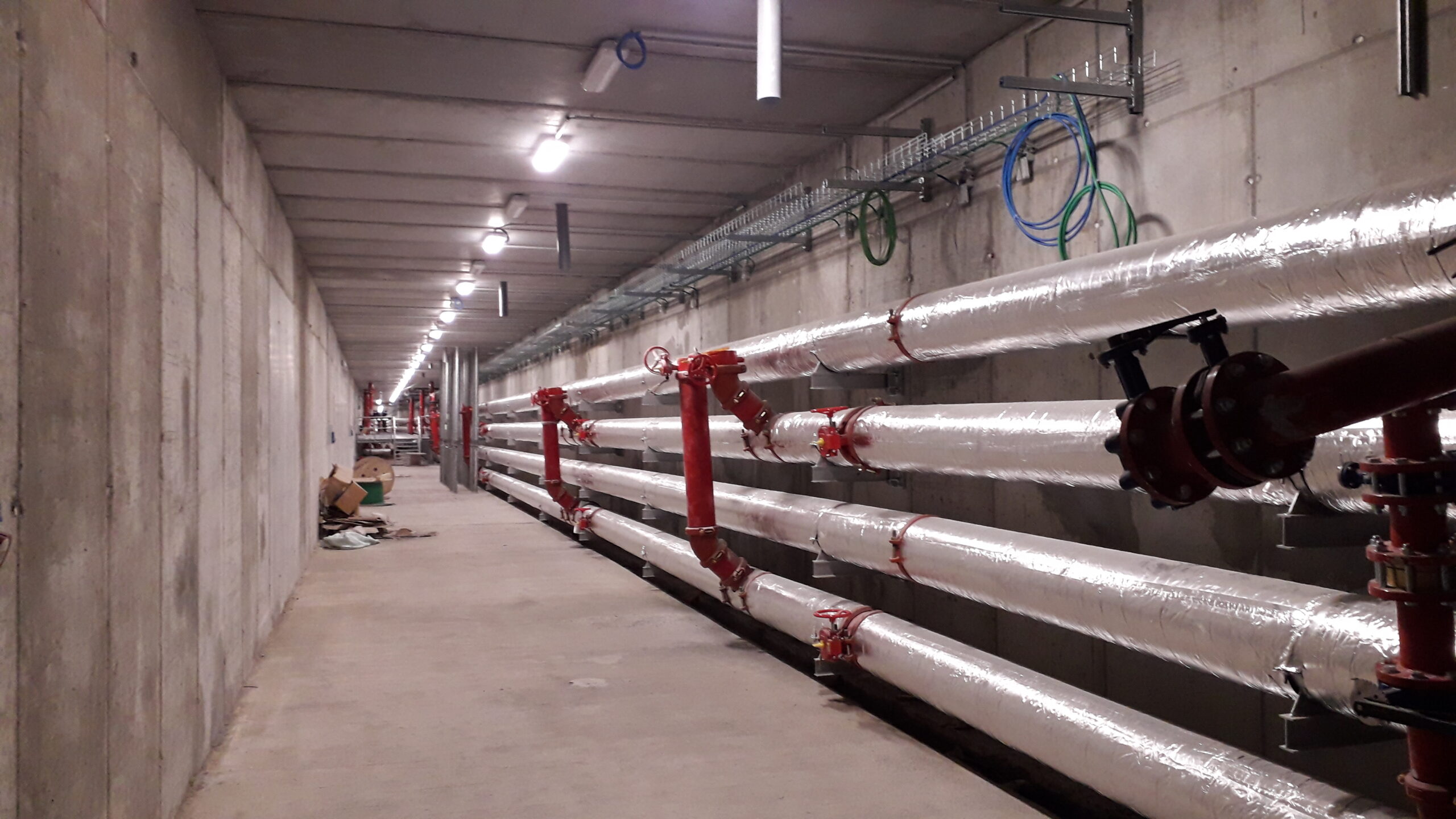


History and transformation of the bulding
The complex of the Ex – Manifattura Tabacchi of Bologna, built in 1952 on a project by Eng. Pier Luigi Nervi, already famous for the Paul VI Hall in Vatican City, will become the seat of the new Technopole, a center of innovation and experimentation for industrial research and technology transfer.
The area of the former Tobacco factory represents an architectural asset of primary importance, designed and built with solutions that have made the history of architecture, and which, thanks to a very high quality design intervention, is now reinterpreted to host HPC infrastructures of international relevance, cutting-edge activities in the field of research and development, and which sees the participation of Universities and Research Center of national and international importance.
Symbol of the reconstruction of the city after the World War II, the building is part of the Italian cultural heritage, and the redevelopment project is characterized by respect for the architecture designed by Nervi.
The most significant buildings, the so-called “barrels” will be kept in their entirety, implementing the necessary adjustments to the new functional and technological needs.
The project to transform the area into a large scientific center of excellence in supercomputing brings together, in about 100,000 square meters, research activities and infrastructures with high computing performance, among the most powerful in the world.
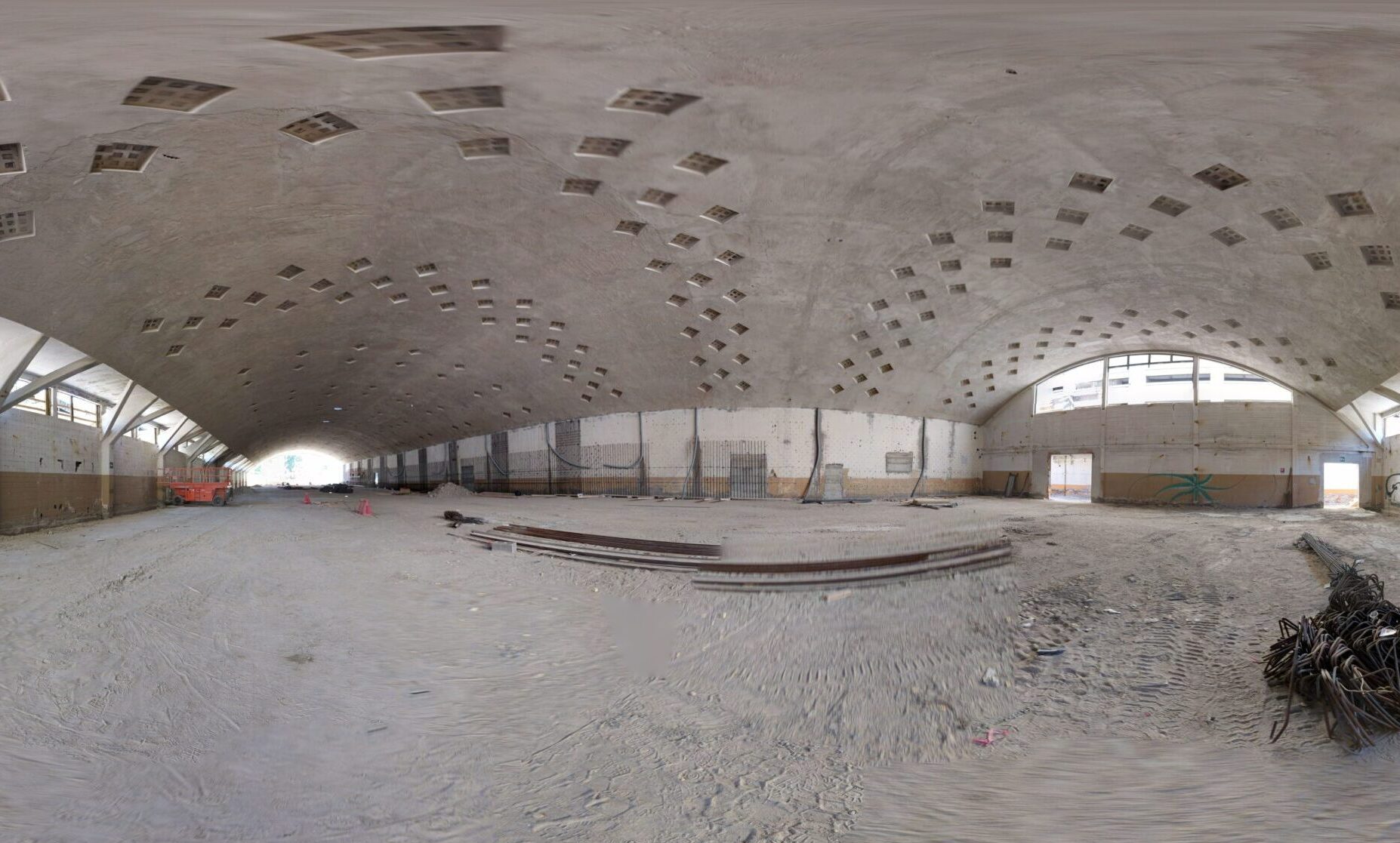
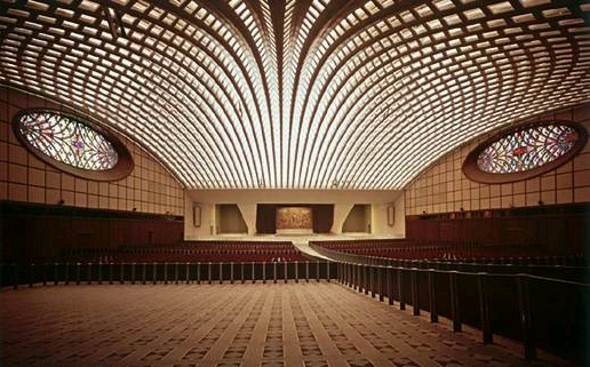
An Italian Data Valley

Bologna Technopole was conceived by Emilia Romagna Region and MUR that established a collaboration in order to promote and develop the project to a national and international level. This collaboration was successful in obtaining the decision from the ECMWF council to relocate its own data center in Bologna Technopole and to include the hosting of INFN main data center.
Therefore, by virtue of hosting ECMWF, CINECA and INFN data centers, Bologna Technopole raises to become one of the main European hubs for computing and data processing.
But not only that, other research centers will be hosted by the Technopole.
In fact, the establishment of the Enea Research Center in ambitious renewable energies and the circular economy is already planned, as well as the establishment of the Meteo National Agency; there will be a research center of the University of Bologna and the Biobank of the Rizzoli Orthopedic Institute; there will also be the Bi-REX Competence Center for Industry 4.0, which will deal with new trends in industrial innovation; in addition there will be several spaces for collateral services, dedicated for example to training and the organization of events.
The Technopole is therefore preparing to become a real city of science, a full-blown Data Valley, ready to support the development of research and technological innovation.
Connected to all the regional Technopoles, the Bologna Hub is preparing to become an international reference point for the digital economy, big data, climate change, supercomputing, thanks to regional, European and national investments.
The road so far:

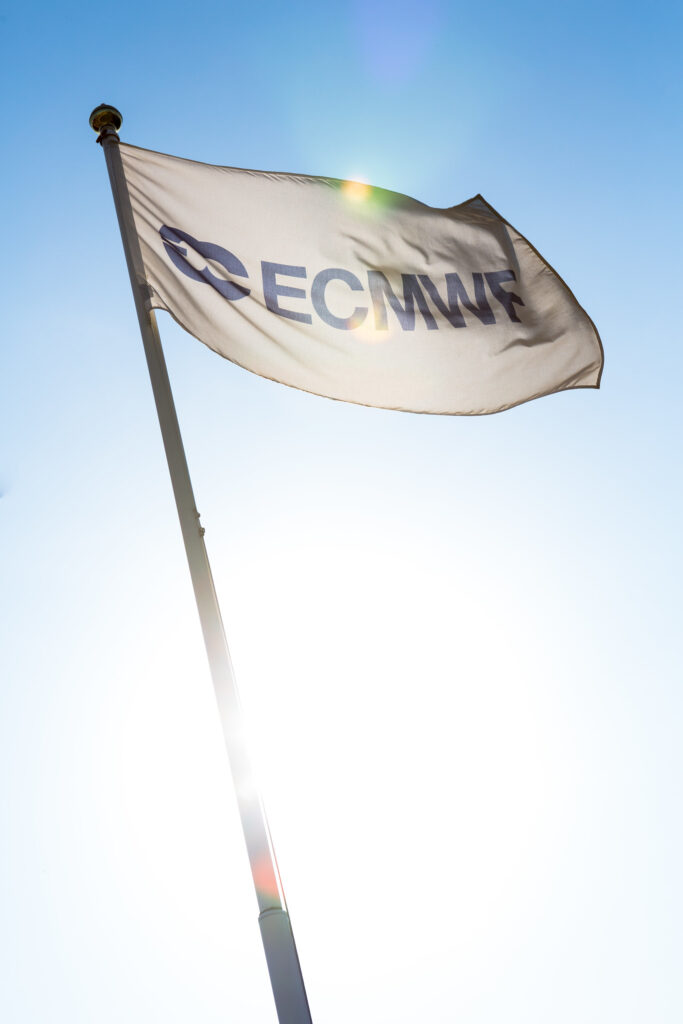
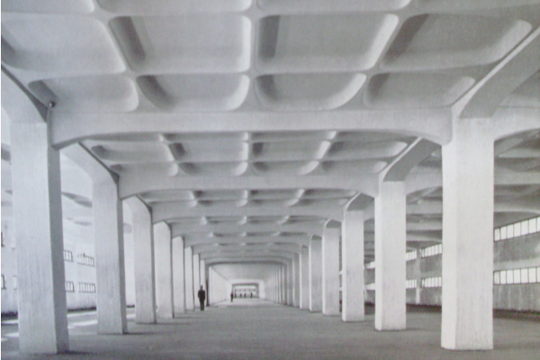


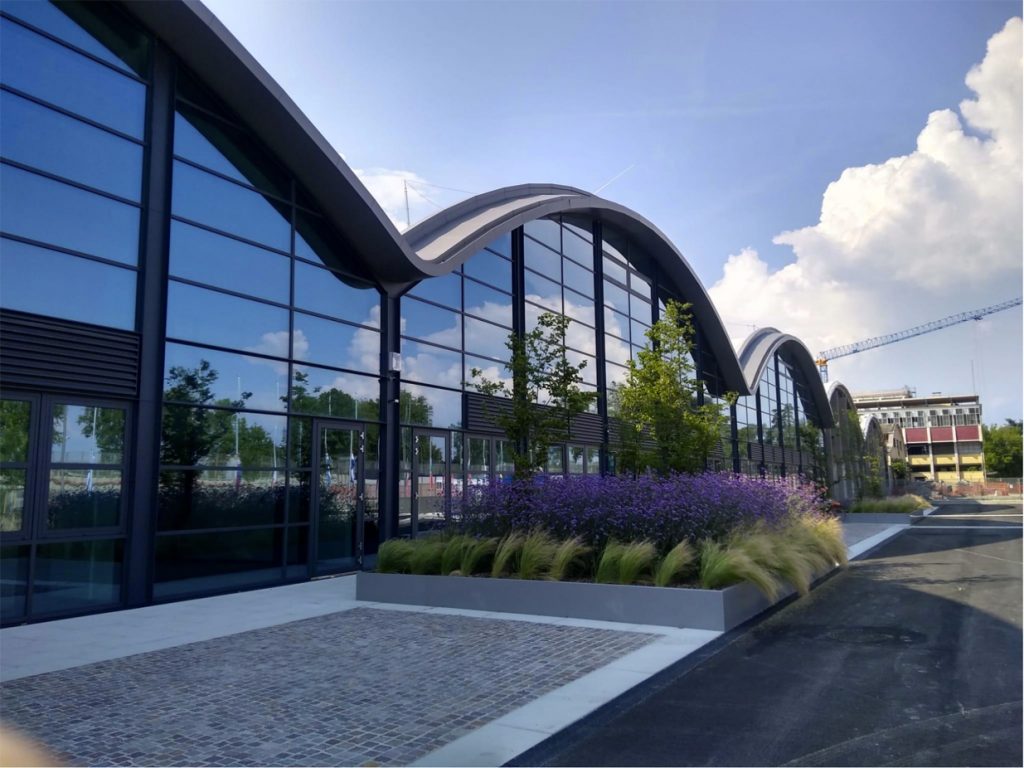
The expansion plan
CINECA and INFN new data center will follow a two-stage evolution plan.
In the first stage (2021-2025) the data center will feature:
- 10 MW of IT load
- 1240 m² of computing room floor space
- 900 m² of ancillary space
- a direct liquid cooling capacity of 8MW.
The second stage (2025-2030) will see an increase to 20 MW IT load and an additional 2600 m² computing room space floor available, while having mechanical and electrical infrastructure able to comply with two different expansion strategies:
- Stage 2a: Liquid Cooling Expansion (16 MW direct liquid cooled + 4 MW air Cooled),
- Stage 2b: Air Cooling Expansion (8 MW direct liquid cooled + 12 MW air cooled).
In designing the data center, particular care was devoted to containing the PUE (Power Usage Effectiveness) that for Leonardo is estimated below 1.1.
leed certifications
LEED Certification (Leadership in Energy and Environmental Design) is the most widely used green building rating system in the world. Available for virtually all building types, LEED provides a framework for healthy, highly efficient, and cost-saving green buildings.
The building that will host the data center will be certified with the LEED v.4 for BD + C: Data Center environmental certification system, a specific protocol for buildings designed and equipped to meet the needs of high-density computational systems for data storage and processing.
The certification level will be Gold or higher.

Energy & atmosphere

Indoor Environmental quality

Innovation

Location & Transportation

Integrative process

Material & resources

Regional priority

Sustainable Sites


